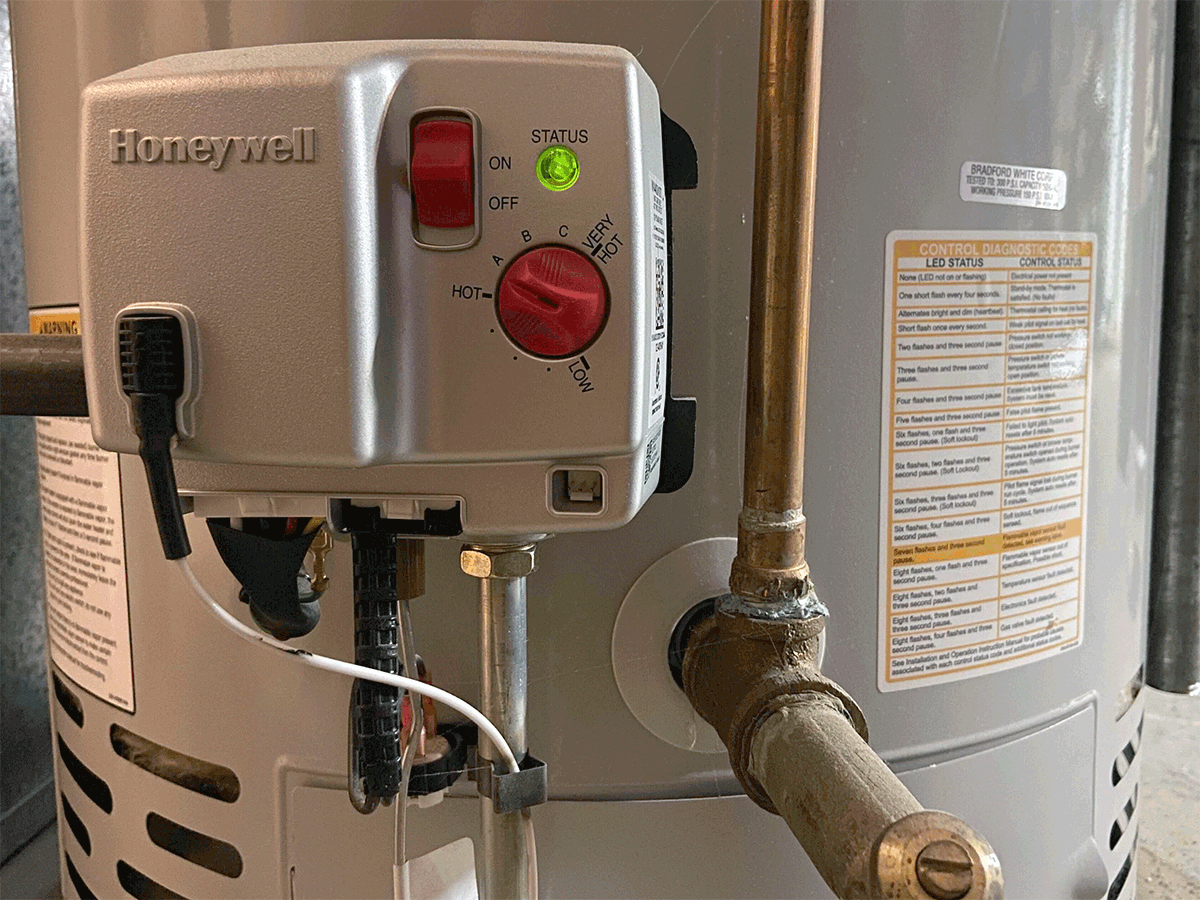Mastering the Basics: How to Shut Off Your Water Heater Safely
Water heaters are the unsung heroes of our homes, silently working to provide us with warm showers and clean dishes. However, there may come a time when you need to shut off your water heater, whether it's for maintenance, repairs, or emergencies. Knowing how to do this safely is an essential skill for any homeowner. In this guide, we'll walk you through the steps to shut off your water heater properly.
Why Shut Off Your Water Heater?
Before we dive into the how-to, let's understand why you might need to shut off your water heater. Here are a few common reasons:
Maintenance: Routine maintenance such as flushing the tank or replacing components may require shutting off the water heater.
Repairs: If you're experiencing issues like leaks or strange noises, shutting off the water heater can prevent further damage until repairs can be made.
Emergency Situations: In the event of a major leak or other emergency, shutting off the water heater can minimize water damage to your home.
Step-by-Step Guide
1. Locate the Water Heater
The first step is to locate your water heater. In most homes, you'll find it in the basement, garage, or utility closet. Once you've found it, take a moment to familiarize yourself with its components, including the shut-off valve and the power source (gas or electricity).
2. Turn Off the Power
If your water heater is electric, locate the circuit breaker or fuse box and turn off the power supply to the water heater. This step is crucial for safety, as it prevents the risk of electric shock while you work on the unit.
3. Turn Off the Water Supply
Next, locate the shut-off valve on the cold water pipe leading into the water heater. This valve is usually located above or near the water heater. Turn the valve clockwise (to the right) until it stops. This will shut off the water supply to the water heater.
4. Test the Shut-Off
To ensure that the water supply is indeed shut off, turn on a hot water faucet somewhere in your home. If no water comes out, you've successfully shut off the water heater.
5. Additional Steps for Gas Water Heaters
If your water heater is gas-powered, it's essential to also turn off the gas supply. Locate the gas shut-off valve near the gas line leading into the water heater and turn it clockwise until it's perpendicular to the pipe.
Conclusion
Knowing how to shut off your water heater is a simple yet crucial skill that every homeowner should possess. Whether it's for routine maintenance, repairs, or emergencies, being able to safely shut off your water heater can prevent damage to your home and ensure the longevity of your unit. By following the steps outlined in this guide, you'll be well-equipped to handle any situation that requires you to turn off your water heater.

